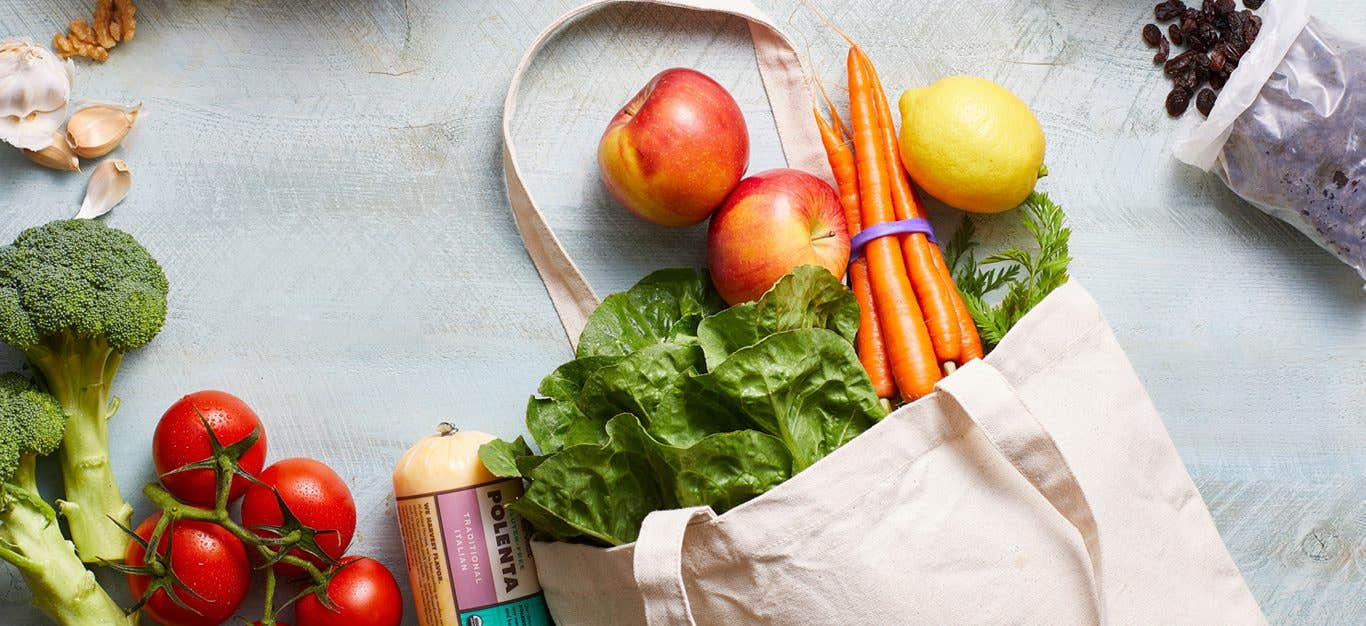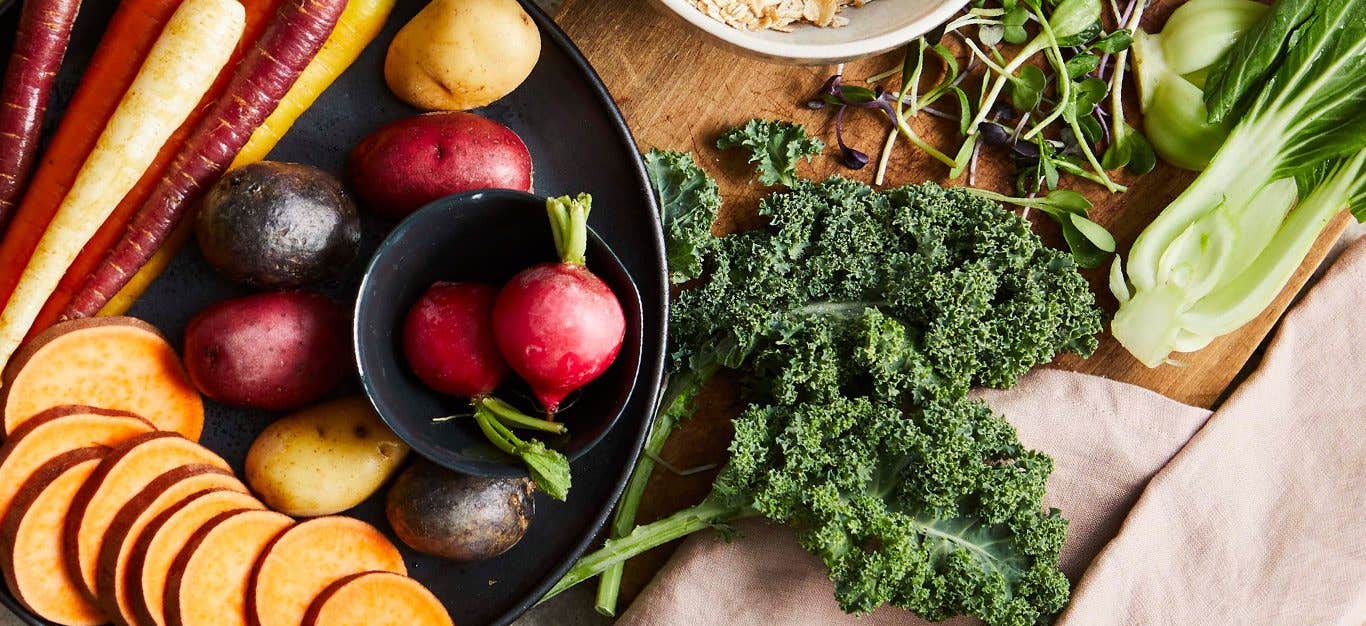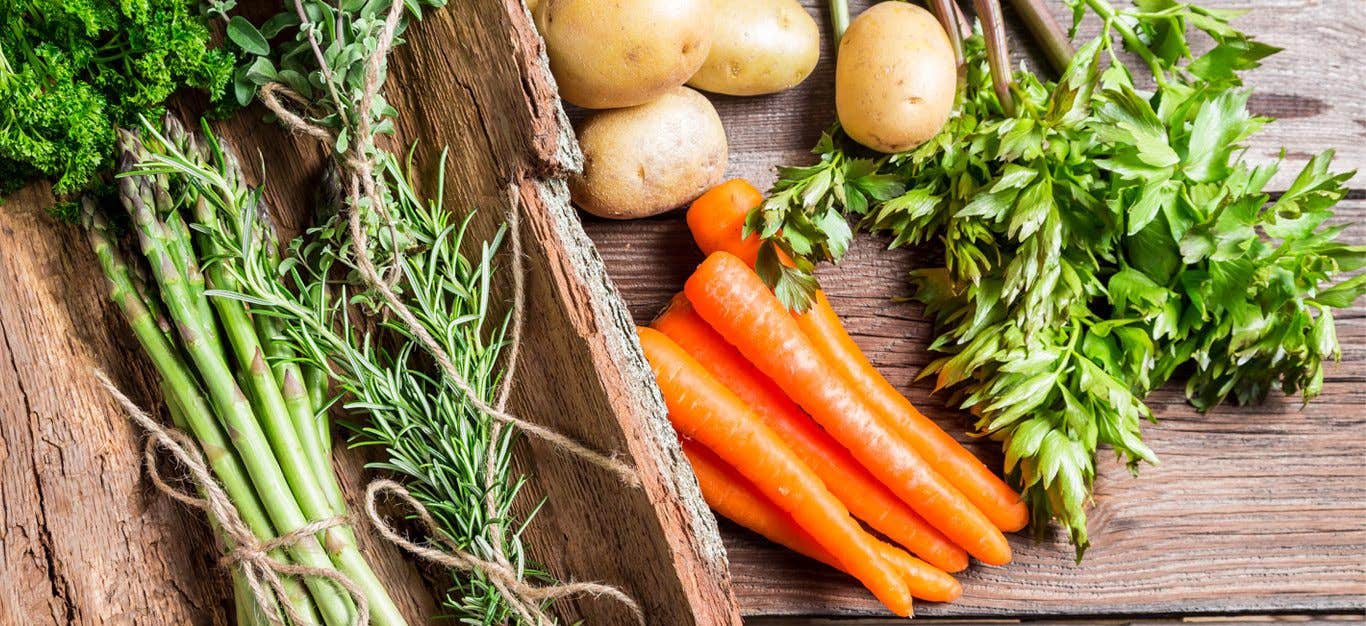Kale is a versatile plant-based powerhouse. Here's a practical guide to using the crinkly-leafed green in the kitchen.
What’s the difference between kale and spinach?
Kale and spinach get lumped together as “dark, leafy greens” in cooking jargon, but they’re actually very different plants. Kale is a member of the cabbage (brassica) family along with collard greens, Brussels sprouts, broccoli, and cauliflower. Spinach has smooth, tender leaves and belongs to the same family as Swiss chard and beets. Kale has a taste that’s more pronounced than spinach, and its firm, thick leaves require longer cooking, but the two can often be used in place of one another in soups, stews, grain dishes, and casseroles.
How do you cook kale?
The thing that really sets kale apart from other leafy greens is that it can be prepared in so many ways. Raw, the leaves can be blended into cold soups and smoothies or chopped fine for salads. It can be steamed or sautéed for a side dish, simmered till it melts into soups, and stews, or cooked low and slow (Southern-style) until it’s velvety soft. Blanched and steamed, it can be added to casseroles and grain dishes, like our Couscous and Kale Breakfast Salad. It can even be baked in the oven to make crispy chips (see below). And try searing leaves in a dry skillet over high heat (30 seconds per side) for a side dish that’s crunchy, succulent, and smoky.
Seasonality
Kale is available year-round at supermarkets, but the cool-weather crop is best in late fall, winter, and spring.
Which type of kale should I buy?
The short answer: the one that looks the freshest wherever you’re shopping. Varieties are interchangeable in most recipes. The only exception is baby kale, which is best used raw. Here’s a quick run-down of the varieties you’ll come across:
Curly 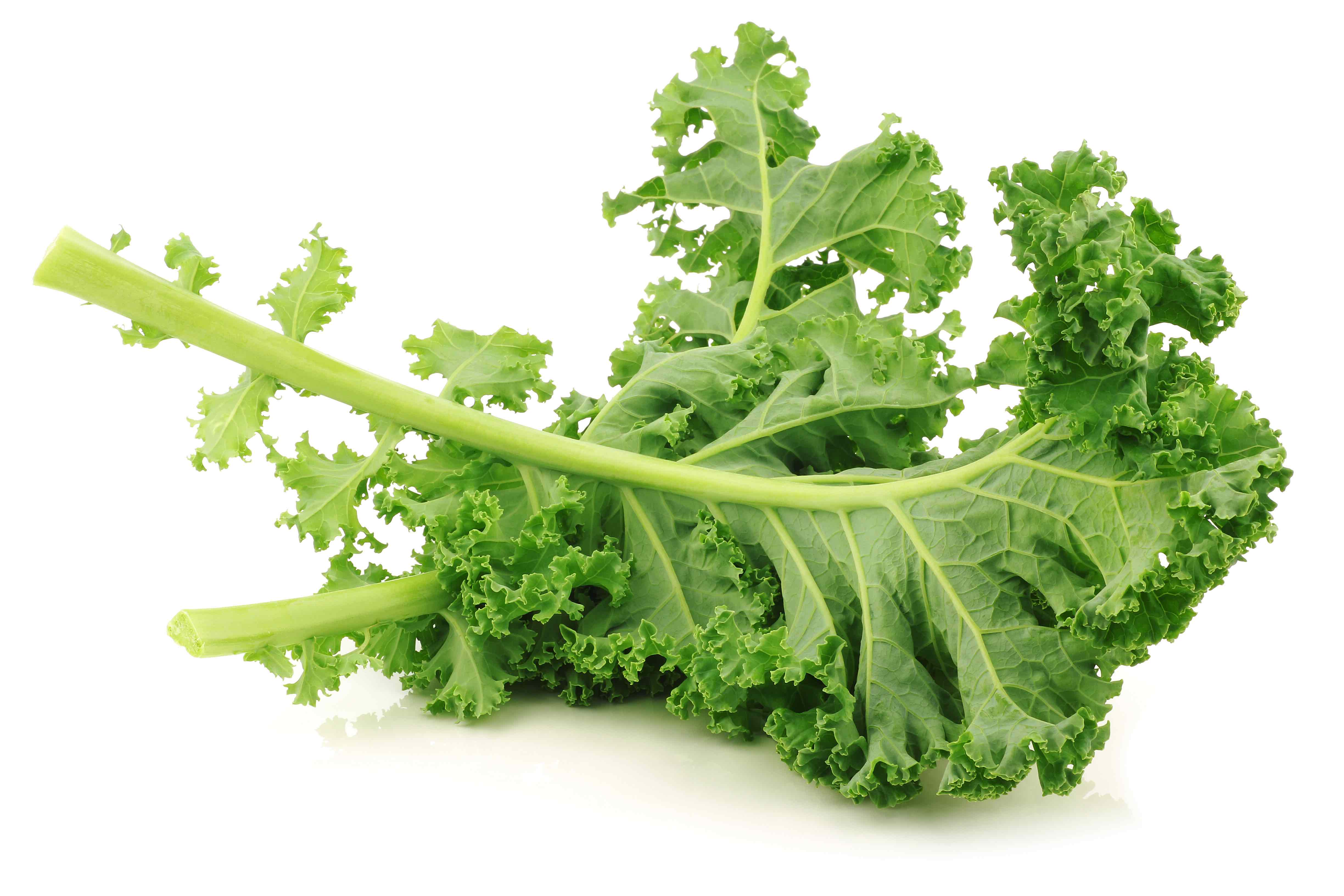
With frilly leaves and thick stems (which need to be removed), this is the most common type—and often the least expensive. Try it in Garlic Hashbrowns with Kale.
Lacinato 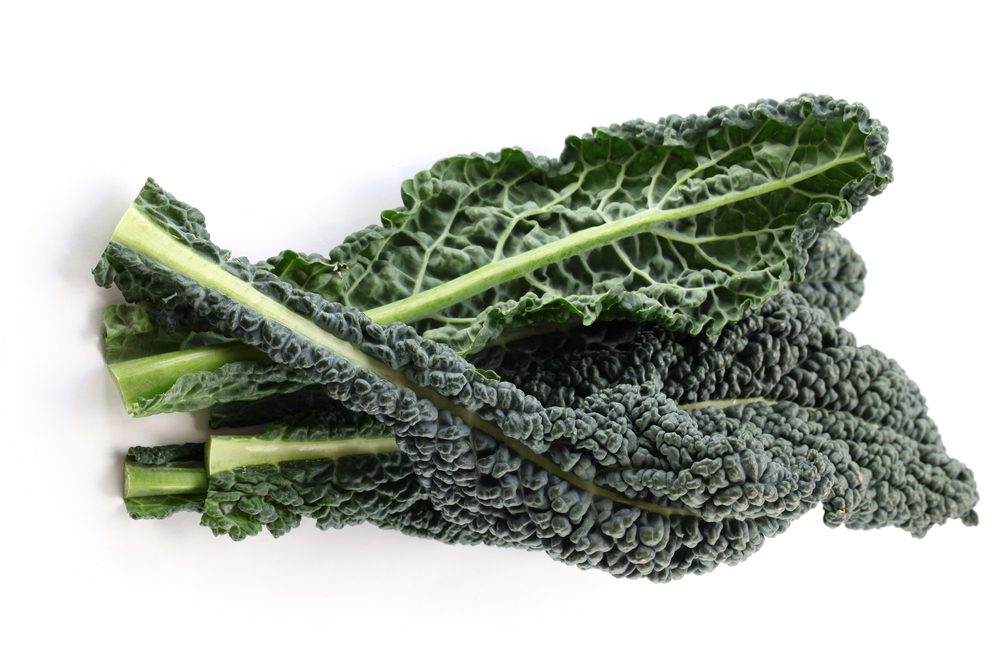
Also called dinosaur kale, Tuscan kale, and cavolo nero, this variety has long, bumpy dark green leaves with a hint of blue. Try it in Kale Bruschetta.
Red Russian 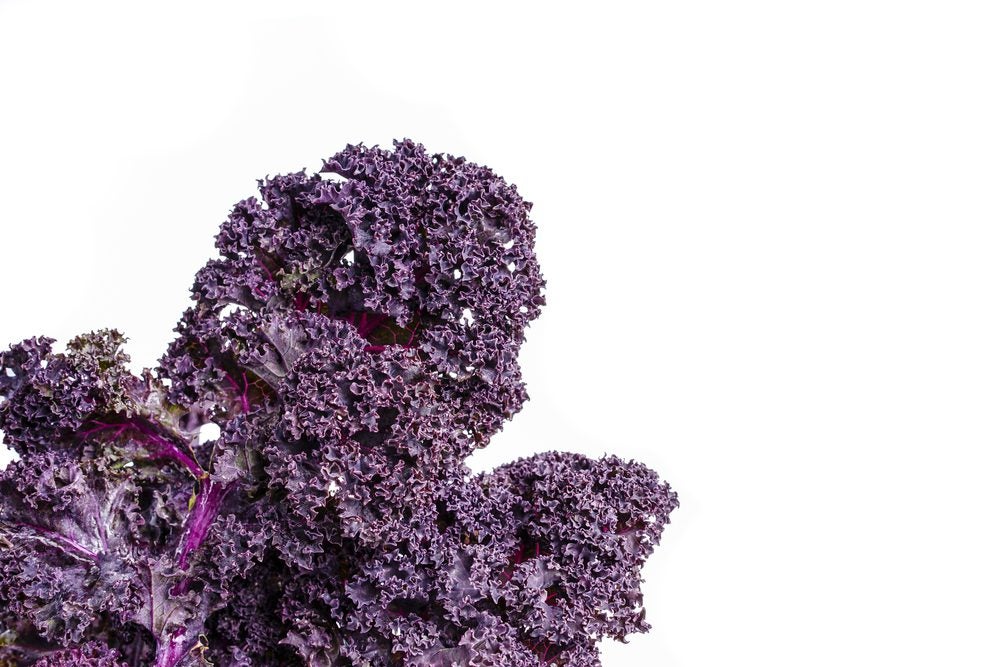
Red Russian Kale is the darling of home gardeners and farmers’ market growers because of its small, sweet leaves that have a gorgeous reddish-pink blush. Try it in Israeli Kale and Couscous Salad.
Siberian
Just as its name would imply, this varietal is tough enough to withstand extreme cold temperatures in the fields. The large, smooth leaves are ideal for stews and stuffing. Try it in Sweet Potato Chili with Kale.
Baby 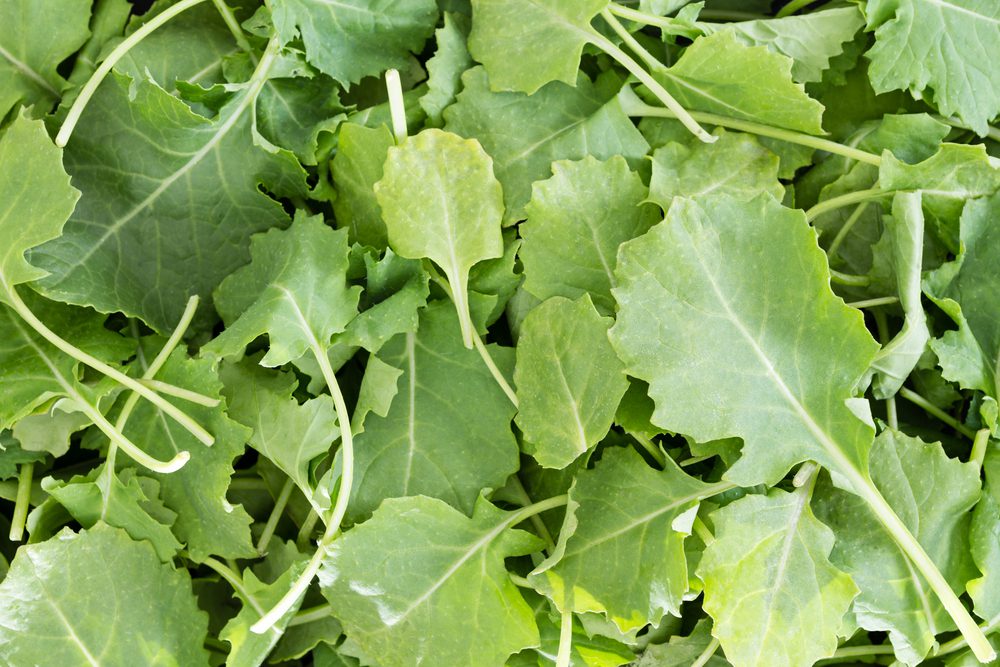
Use young kale leaves raw in salads and garnishes to make the most of their delicate (but still distinctive) taste and texture. Try it in Baby Kale Salad with Farro, Grapes, and Oranges.
How do you make kale chips?
Easy! All you need is lemon juice and a sprinkling of spices.
- Preheat the oven to 300°F, and line a baking sheet with parchment paper or a silicone baking mat.
- Wash and dry 1 (12 oz.) bunch of kale; strip away tough stems, tear leaves into big pieces if they are large, and place in a large bowl.
- Squeeze the juice of 1 lemon over the leaves, and use your hands to massage the lemon juice into the leaves for 1 to 2 minutes, to tenderize. The leaves will shrink up and turn bright green.
- Spread leaves on the prepared baking sheet. Sprinkle with your favorite seasoning (nutritional yeast, chili powder, and ground cumin are good choices). Then bake for 20 to 25 minutes, or until dried and crisp.
- Enjoy immediately: The chips won’t hold their crisp texture for more than a few hours. (Pro tip: You can pop them back into the oven briefly to recrisp them.)
Can I freeze it?
Yes, you can freeze it—and it’s a great thing to do if you find it on sale or are running out of room in the fridge. Simply blanch the leaves in a large pot of boiling water for 2 minutes, or until just wilted, then shock them in a bath of ice water to stop the cooking. Drain well; squeeze out excess moisture; then transfer to resealable freezer-safe containers. It can be thawed and used in any recipe that calls for kale—even salads.

Related News
Get Our Best Price On The Forks Meal Planner

Forks Meal Planner takes the guess work out of making nutritious meals the whole family will enjoy.
Master Plant-Based Cooking!
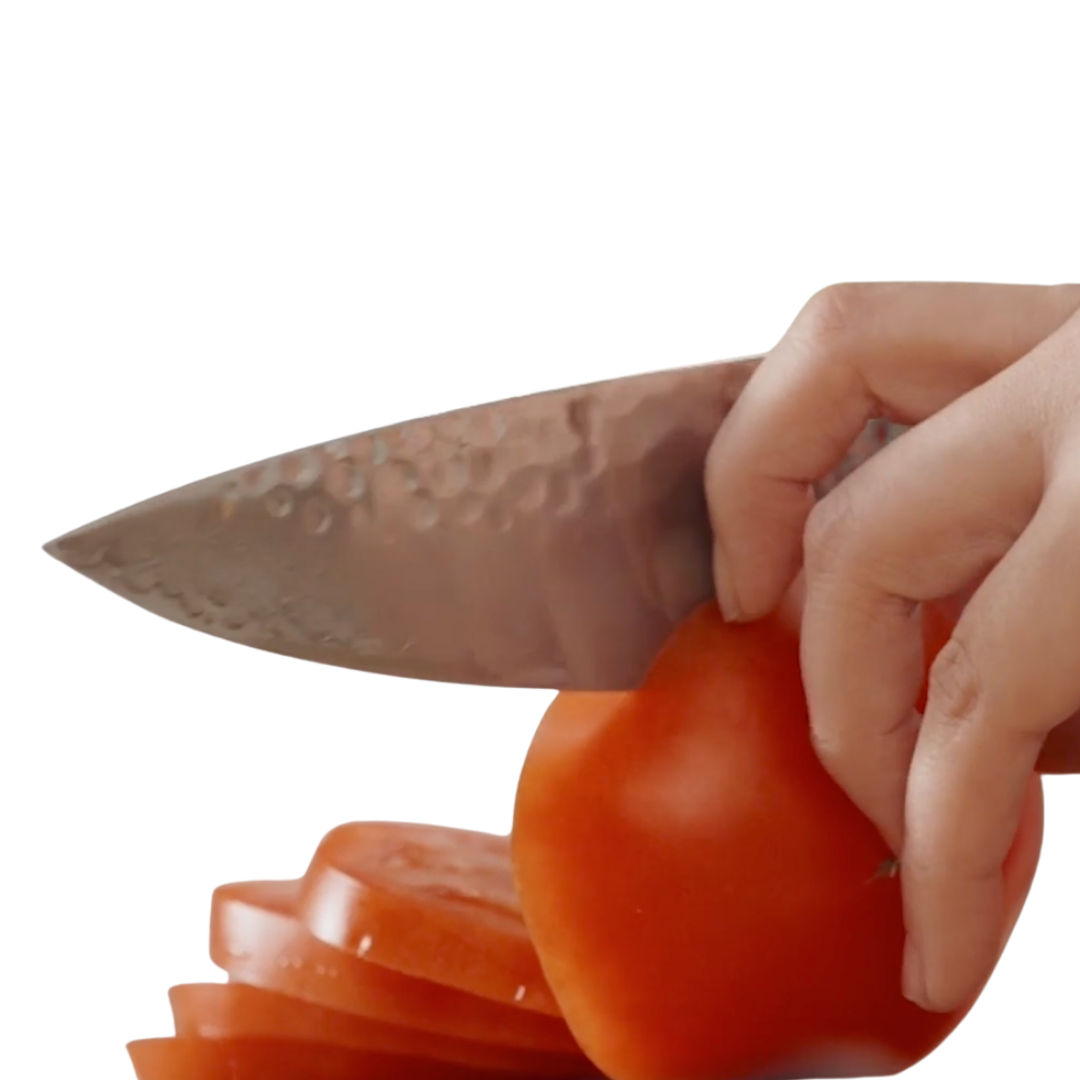
Our new course features over 100 lessons, 50+ recipes, downloadable guides, and more!
